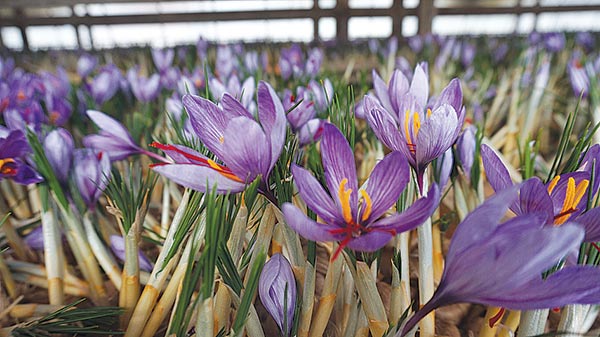Saffron
 |
|
Saffron [Photo provided to China Daily]
|
The Chinese word for saffron is zanghonghua, which means Tibetan red flower, and with a strong misconception in mind many tourists in Tibet have sought it out as a souvenir. Chongming is the largest producer of the flower in China, accounting for more than 90 percent of the output.
Gu Jianpei, a veteran saffron grower and trader in Chongming, said the island started to plant the flower early in the 1980s, after a biologist consulting for Shanghai Medicine Group discovered that the sand-soil in Chongming is ideal for the flower, which is widely used in traditional Chinese medicine.
Saffron, native to the Mediterranean, has stringent environmental needs to grow successfully, unable to survive below -7 C or above 30 C, or with any chemicals or chemically polluted soil.
In 2015, the island produced a record 800 kg of saffron. The flower's high profitability-it takes about six months from sowing to harvesting-has also attracted an increasing number of local farmers to cultivate it.


























 Raymond Zhou:
Raymond Zhou: Pauline D Loh:
Pauline D Loh: Hot Pot
Hot Pot Eco China
Eco China China Dream
China Dream China Face
China Face






